The Modern Turing Test would measure what an AI can do in the world, not just how it appears. And what is more telling than making money?
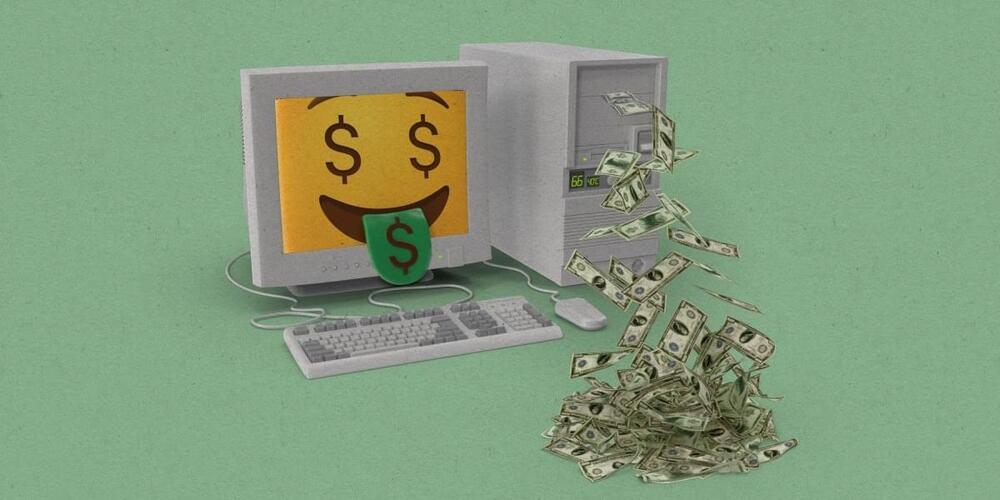


To show the capability of the OrganoidChip in enabling higher-resolution imaging, we used confocal microscopy for several organoids immobilized on the chip. Representative images show improved optical segmentation and the ability to resolve single cells within an organoid (Fig. 4 d). The co-localized EthD-1-and Hoechst-stained nuclei are resolvable and can potentially be used to increase the accuracy of viability measurements. Future implementation of 3D-segmentation using AI-assisted algorithms in the analysis pipeline can provide more accurate estimations of cellular viability in larger screens.
Next, we measured the effect of DOX treatment on the beating kinetics of cardiac organoids. To do this, we relied on calcium fluorescence imaging, as it has been shown to be a good approximation of the cardiomyocytes’ action potentials32. Calcium imaging proved beneficial for beating and contraction parameters since smaller beating portions cannot necessarily be detected from brightfield images, particularly when organoids have been compromised as a result of drug treatment.
When assessing drug effects, we observed some degree of variability in the spontaneous contractile behaviour and beating kinetics between cardiac organoids. Such variability often skews any averaged parameter value across organoids and does not reflect the effect of the treatment conditions on organoid health. To address this challenge, we tracked each individual organoid’s beating off-and on-chip. The drug-induced functionality results are therefore reported as averages of fractional changes of each individual organoid’s beating kinetics parameters, measured at 48 h post-treatment, on both the chamber slide and on the chip, relative to its pre-treatment value (Eq. 3).
🔒 Keep Your Digital Life Private and Stay Safe Online: https://nordvpn.com/safetyfirst.
Welcome to our latest video, “What Is The Most Advanced AI Right Now? (Here’s The Top 10 Ranked)”. This informative and engaging content explores the cutting-edge advancements in Artificial Intelligence (AI), offering an in-depth look at the top 10 most advanced AI systems that are shaping our world today. From machine learning, natural language processing, to predictive analytics, AI has become an integral part of our digital ecosystem. This video offers an exclusive journey into the core of these technologies, presenting an overview of their functionalities and how they’re innovating various industries like healthcare, finance, entertainment, and more. Throughout this video, we’ll examine the capabilities of renowned AI technologies such as OpenAI’s GPT-4, Google’s DeepMind, IBM’s Watson, and many others. We delve into what makes these systems uniquely powerful, their applications, their impact on our everyday lives, and why they are considered the most advanced in their field. If you’ve ever asked yourself, “What is the most advanced AI right now?”, this video is a must-watch. It’s perfect for AI enthusiasts, tech innovators, researchers, students, and anyone curious about the latest developments in AI technology.#artificialintelligence.
#ai.
#airevolution Subscribe for more!
*******************
Welcome to AI Uncovered, your ultimate destination for exploring the fascinating world of artificial intelligence! Our channel delves deep into the latest AI trends and technology, providing insights into cutting-edge AI tools, AI news, and breakthroughs in artificial general intelligence (AGI). We simplify complex concepts, making AI explained in a way that is accessible to everyone. At AI Uncovered, we’re passionate about uncovering the most captivating stories in AI, including the marvels of ChatGPT and advancements by organizations like OpenAI. Our content spans a wide range of topics, from science news and AI innovations to in-depth discussions on the ethical implications of artificial intelligence. Our mission is to enlighten, inspire, and inform our audience about the rapidly evolving technology landscape. Whether you’re a tech enthusiast, a professional seeking to stay ahead of AI trends, or someone curious about the future of artificial intelligence, AI Uncovered is the perfect place to expand your knowledge. Join us as we uncover the secrets behind AI tools and their potential to revolutionize our world. Subscribe to AI Uncovered and stay tuned for enlightening content that bridges the gap between AI novices and experts, covering AI news, AGI, ChatGPT, OpenAI, artificial intelligence, and more. Together, let’s explore the limitless possibilities of technology and AI.Disclaimer: Some links included in this description might be affiliate links. If you purchase a product or service through the links that we provide, we may receive a small commission. There is no additional charge for you. Thank you for supporting AI Uncovered so we can continue to provide you with free, high-quality content.


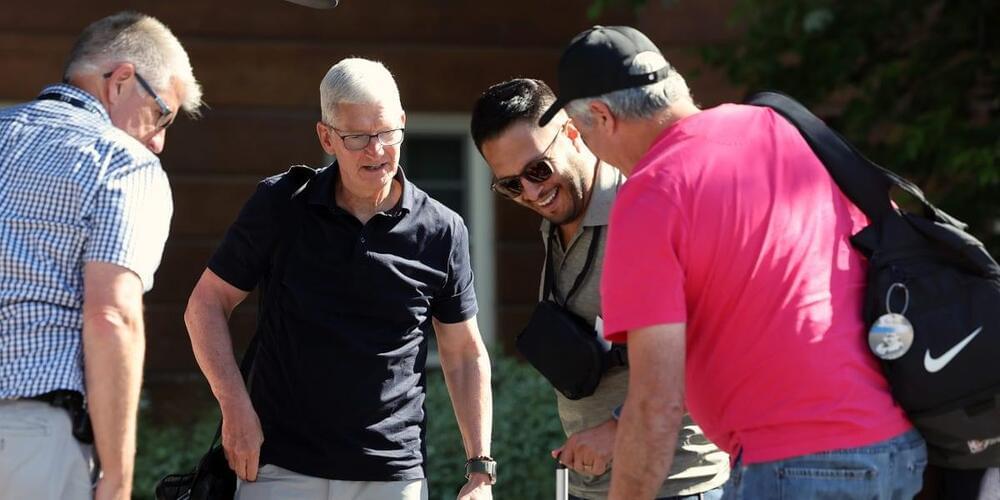
It’s one of the biggest conferences of the year that almost no one is allowed to go to.
Allen & Co.’s annual conference in Sun Valley, Idaho, often referred to as “summer camp for billionaires,” is a who’s who of the biggest players in media and tech. This year’s attendees include Disney’s Bob Iger, Warner Bros. Discovery’s David Zaslav, Apple’s Tim Cook, and OpenAI’s Sam Altman.
The event even got the “Succession” treatment.

Researchers at New York University (NYU), Columbia University, and the New York Genome Center have developed an artificial intelligence (AI) platform that can predict on-and off-target activity of CRISPR tools that target RNA instead of DNA.
The team paired a deep learning model with CRISPR screens to control the expression of human genes in different ways, akin to either flicking a light switch to shut them off completely or by using a dimmer knob to partially turn down their activity. The resulting neural network, which they called targeted inhibition of gene expression via gRNA design— TIGER—was able to predict efficacy from guide sequence and context. The team suggests the new technology could pave the way to the development of precise gene controls for use in CRISPR-based therapies.
“Our deep learning model can tell us not only how to design a guide RNA that knocks down a transcript completely, but can also ‘tune’ it—for instance, having it produce only 70% of the transcript of a specific gene,” said Andrew Stirn, a PhD student at Columbia Engineering and the New York Genome Center. Stirn is co-first author of the researchers’ published paper in Nature Biotechnology, titled “Prediction of on-target and off-target activity of CRISPR-Cas13D guide RNAs using deep learning.” In their paper, the researchers concluded, “We believe that TIGER predictions will enable ranking and ultimately avoidance of undesired off-target binding sites and nuclease activation, and further spur the development of RNA-targeting therapeutics.”
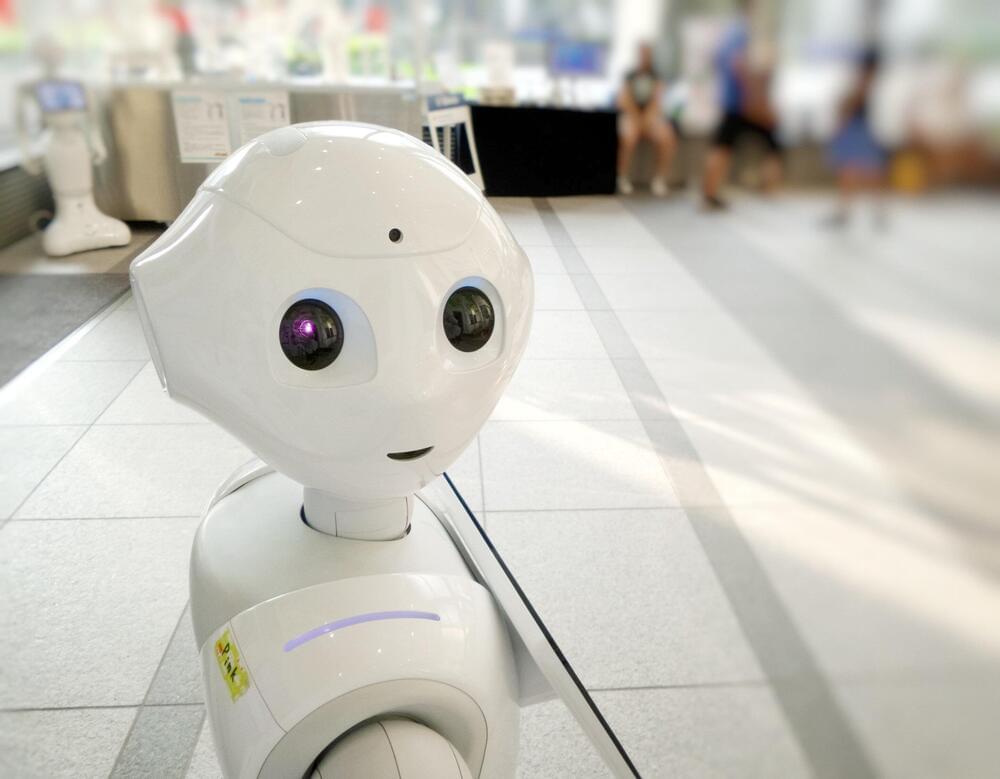
Companion robots enhanced with artificial intelligence may one day help alleviate the loneliness epidemic, suggests a new report from researchers at Auckland, Duke, and Cornell Universities.
Their report, appearing in the July 12 issue of Science Robotics, maps some of the ethical considerations for governments, policy makers, technologists, and clinicians, and urges stakeholders to come together to rapidly develop guidelines for trust, agency, engagement, and real-world efficacy.
It also proposes a new way to measure whether a companion robot is helping someone.
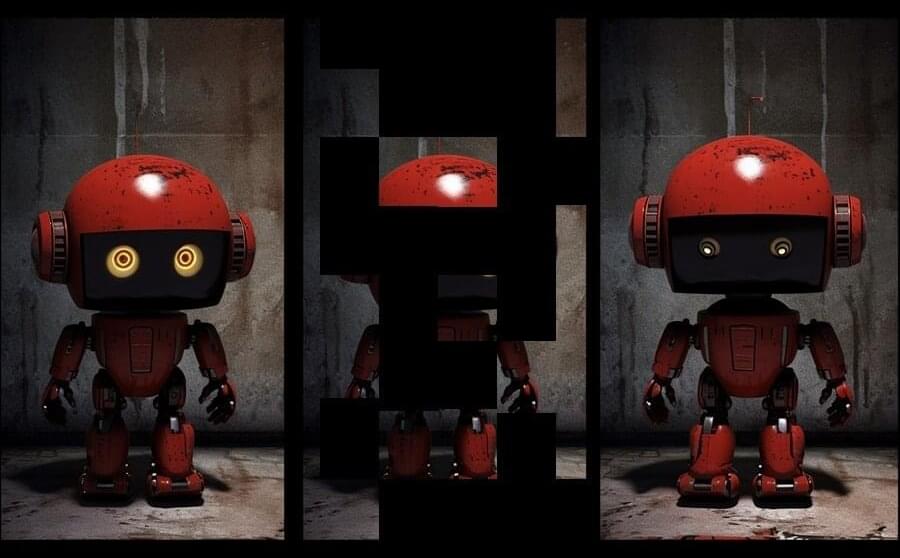
Computers possess two remarkable capabilities with respect to images: They can both identify them and generate them anew. Historically, these functions have stood separate, akin to the disparate acts of a chef who is good at creating dishes (generation), and a connoisseur who is good at tasting dishes (recognition).
Yet, one can’t help but wonder: What would it take to orchestrate a harmonious union between these two distinctive capacities? Both chef and connoisseur share a common understanding in the taste of the food. Similarly, a unified vision system requires a deep understanding of the visual world.
Now, researchers in MIT’s Computer Science and Artificial Intelligence Laboratory (CSAIL) have trained a system to infer the missing parts of an image, a task that requires deep comprehension of the image’s content. In successfully filling in the blanks, the system, known as the Masked Generative Encoder (MAGE), achieves two goals at the same time: accurately identifying images and creating new ones with striking resemblance to reality.
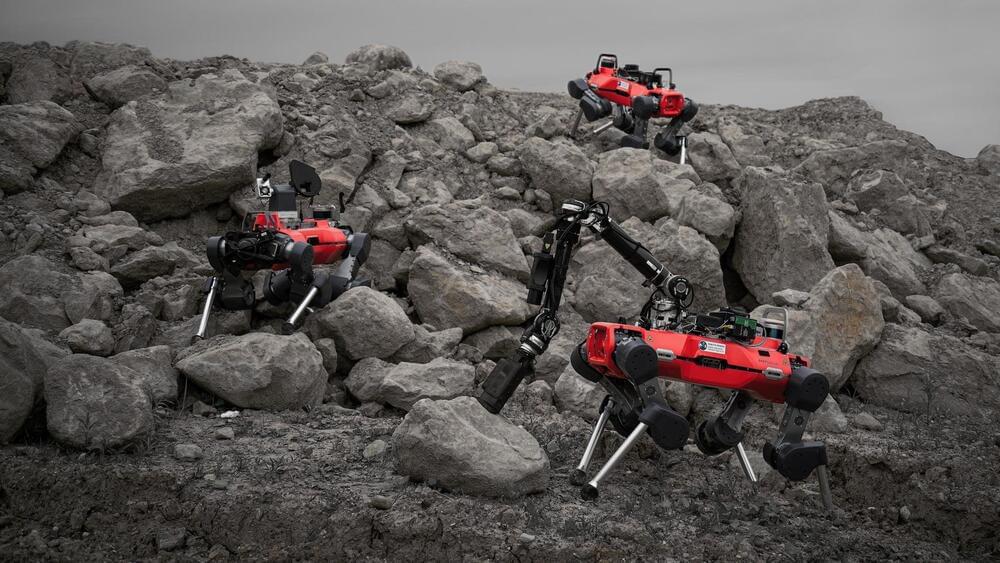
A team of robots would still be able to complete a mission if one or two of the machines malfunction.
Swiss researchers led by ETH Zurich are exploring the possibility of sending an interconnected team of walking and flying exploration robots to the Moon, a press statement reveals.
In recent tests, the researchers equipped three ANYmal robots with scientific instruments to test whether they would be suitable for lunar exploitation.